In 2023, Kamps partnered with OneTreePlanted, a non-profit 501(c)3 environmental tree planting charity that plant trees in countries around the world, to donate funds to plant 1,000 trees in the Appalachian forest. The primary goals of the Appalachia 2023 – Mine Site Rehabilitation and Restoration project were to restore and enhance degraded public forestlands through underplanting (planting seedlings beneath an existing overstory), and to assist in ecological reclamation of abandoned mine sites. Native tree species and additional vegetation were planted on 21 sites across five state game lands and two abandoned mine lands in Pennsylvania.
We are happy to report the results and impact of the project below.
- 311,325 Trees Planted
- 19 Tree Species Planted
- 15 Jobs Supported
- 412 Hectares Reforested
- 250+ Wildlife Species Benefited
- 26 Threatened or Endangered Species Benefited
Importance of Reforestation Projects
Forests across the globe are under threat from a variety of disturbances that reduce tree diversity. These disturbances include unethical logging practices, fires, and invasive species. Decreased tree diversity results in a cascade of negative ecological, social and economic consequences, such as degraded wildlife habitat, loss of species of cultural importance to indigenous communities, reduced recreational value, and most importantly, reduced forest resilience. Low tree diversity due to anthropogenic (man-made) disturbances contributes to reductions in forest resilience. Resilience is defined as the capacity of an ecosystem to return to its pre-disturbance condition following a disturbance, including maintaining its essential characteristics, composition, structure, functions, and processes. Forests characterized by high tree diversity are better able to withstand and recover from large-scale disturbances, such as wildfires and pest infestations. This increased capacity to recover is due to the presence of a variety of tree species with differing biological qualities. For example, some tree species are resistant to fire, but cannot withstand flooding, while others may be more adapted to flooding, but are susceptible to disease.
Accordingly, while a resilient forest may suffer some tree mortality following a disturbance, enough trees with resistance or adaptation to that disturbance will survive to allow the forest to continue to grow and function. Increasing the number of tree species in a forest therefore increases that forest’s ability to respond to and withstand a greater variety of threats.
Photos from the project
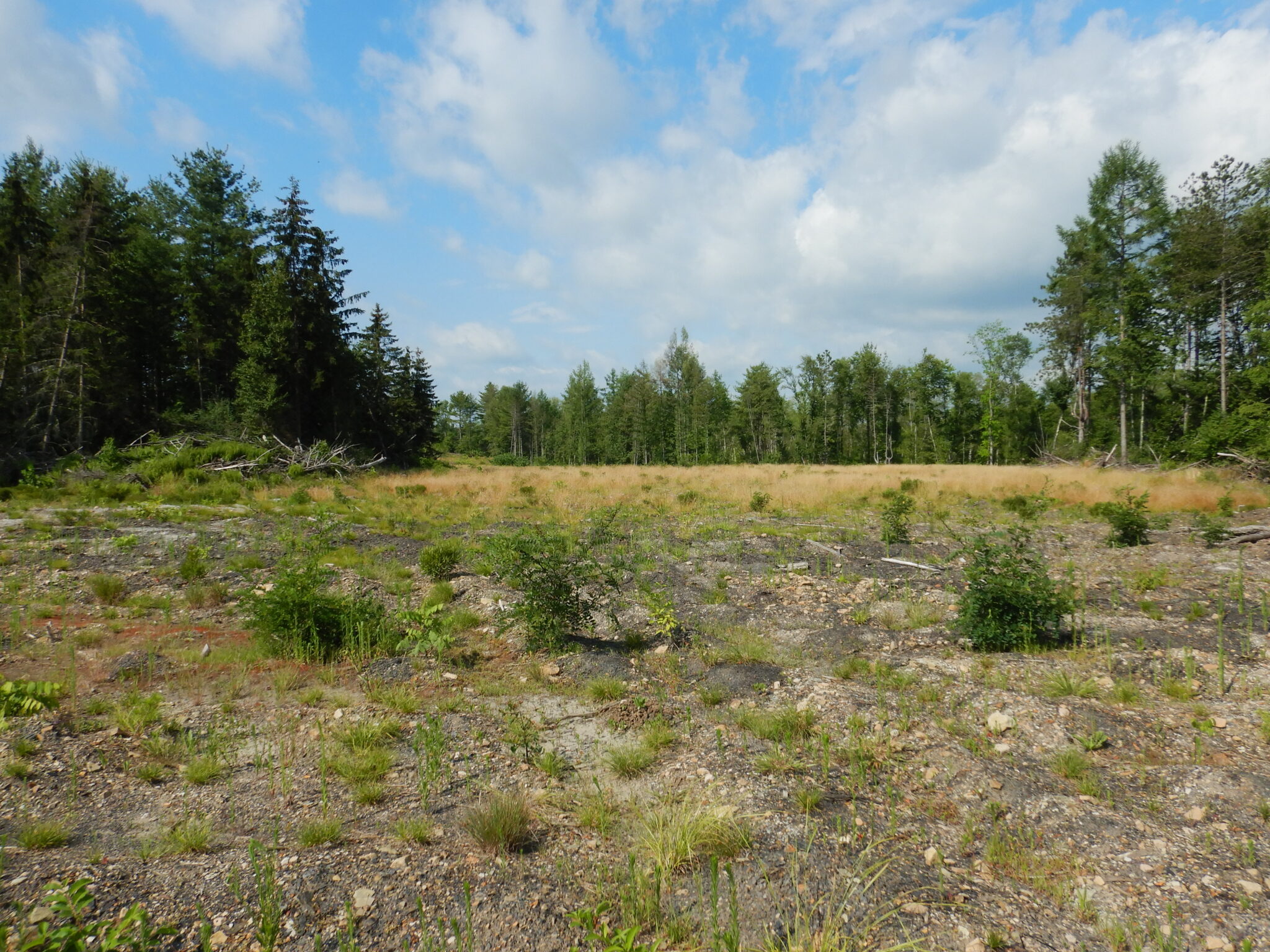
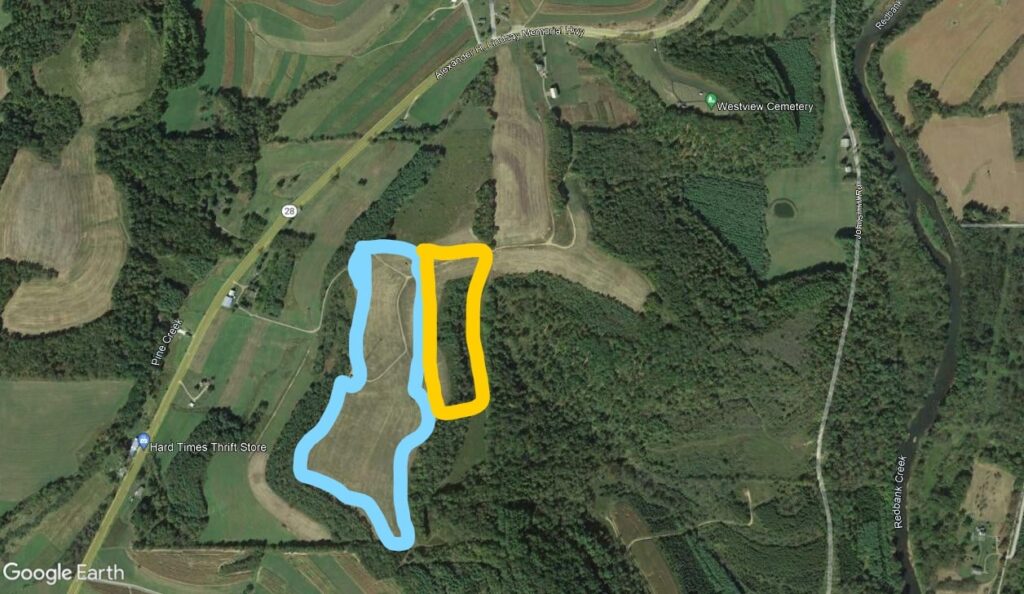
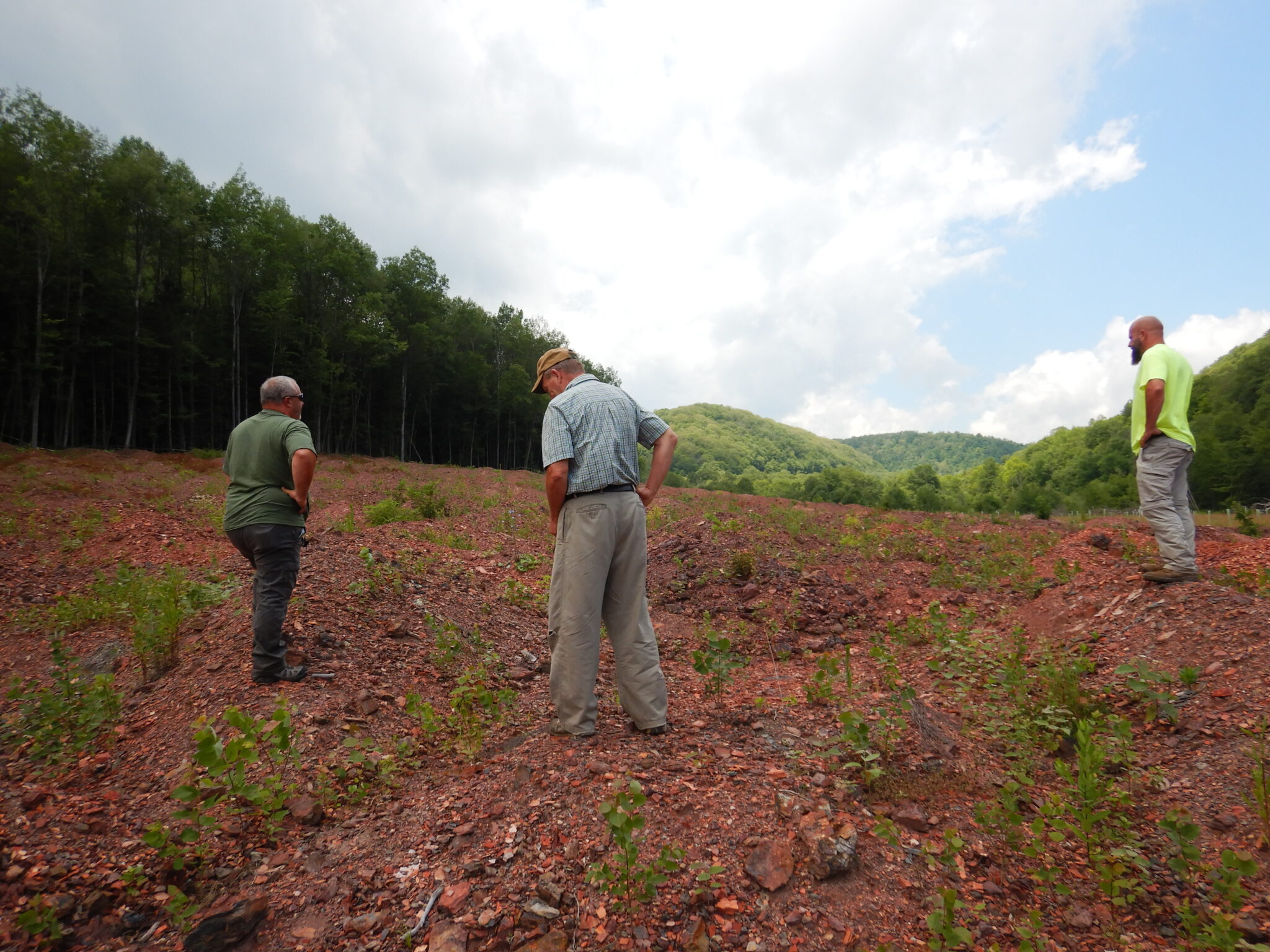
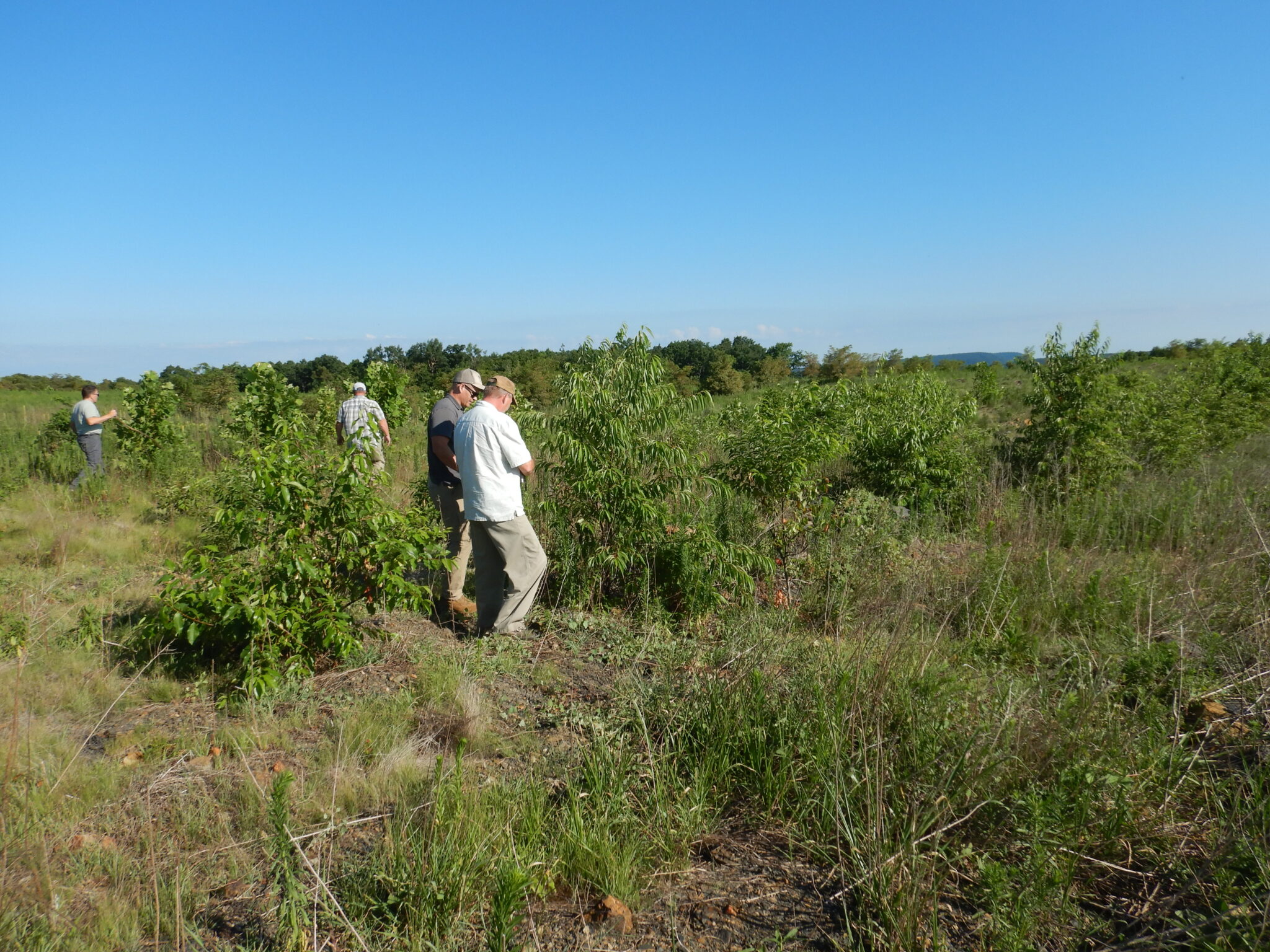
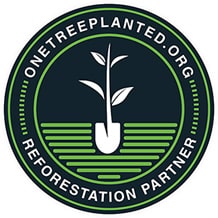
How Our Appalachian Project Helped Wildlife Habitat
Kamps partnered with OneTreePlanted on a project that focused on forest restoration and mine reclamation in Pennsylvania. This was a special project for Kamps as we have multiple asset-based facilities in Pennsylvania.
Reforestation of surface mined lands provides numerous benefits, including control of unwanted vegetation, creation of young-forest habitat in the short-term, and the eventual creation of mature forest habitat and reduction of forest fragmentation in the long-term — all of which will benefit a variety of wildlife now and into the future.
In the short term, the young forests that are created will benefit American woodcock, wild turkey, and other species that rely on young forest habitats for foraging and breeding, such as golden-winged warblers. As the forests mature over time and biodiversity increases through the process of succession, additional species will benefit, including those that require larger tracts of contiguous forest. Acorns from mature oaks will also be beneficial for white-tailed deer, wild turkey, ruffed grouse, and a variety of small mammals that reside in the area.
All of these benefits are relevant to under-planting forested areas that have been disturbed or degraded. The planting areas on Pennsylvania State Game Lands (SGLs) have varying percentages of forest cover, but the forests have been disturbed or degraded by invasive insects or plants, storm blow-downs, or are threatened by hemlock wooly adelgid invasion detected in the county.
Most of these plantings are in riparian areas adjacent to streams that support aquatic life and require cold water to survive. Underplanting hemlock in advance of loss due to the adelgid, planting after heavy loss due to storm blowdown, and planting after invasive species removal and treatment, protects water resources and the wildlife that inhabit them, prevents invasive plants from quickly taking over the openings, and ultimately increases the resiliency of the forest ecosystem. Trees also uptake water, prevent flash-flooding, add stability to stream banks, and add organic material to stream habitats.
Community Benefits
The Appalachia 2023 – Mine Site Rehabilitation and Restoration project provided direct employment for seed collectors, equipment operators, nursery workers, and tree planters. Since many tree planting crews consist of migrant workers, these projects stimulate local economies by bringing work into the region, benefiting retail, transportation, hospitality, service, and other secondary industries. The healthy and productive native forests that are restored will provide sustainable economic development and opportunities for entrepreneurship through future management actions, recreation, and harvesting of timber and nontimber forest products.
An additional benefit of these projects is the enhancement of ecosystem services, which helps all of society. Ecosystem services provided by forests include improved water quality, improved air quality through increased deposition of airborne particulates, and climate change mitigation through increased carbon accumulation. This project will also improve downstream water quality. Reforestation of upland sites influences water quality and quantity by sheltering ephemeral streams and buffering water release from sites through increased infiltration and reduced surface runoff, potentially reducing flash flooding. Water quantity contributed to downstream waters is also reduced through increased evapotranspiration as the forests mature, which can reduce loading of sediment and pollutants, improving water chemistry.
